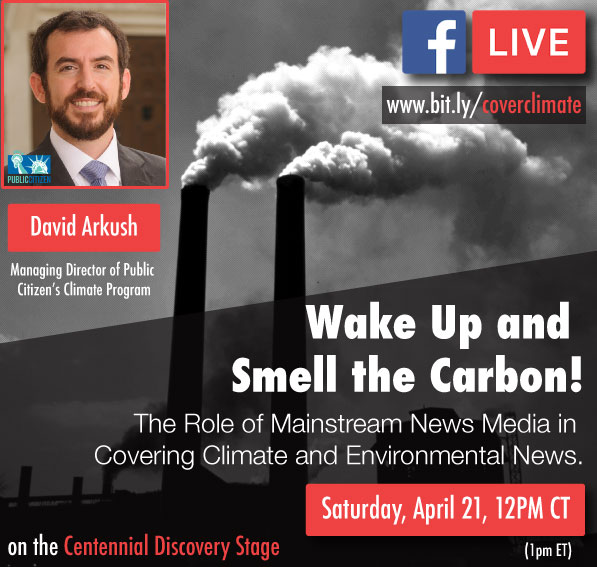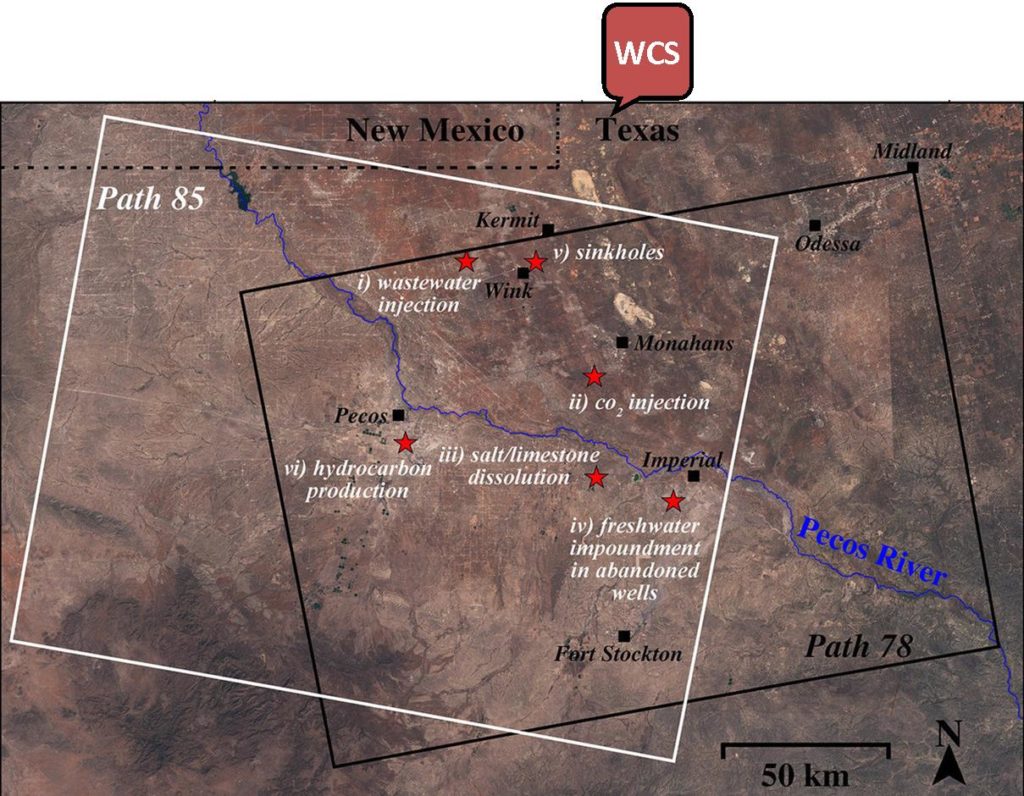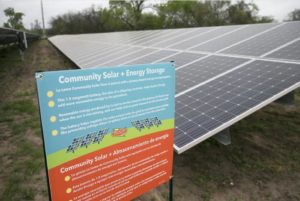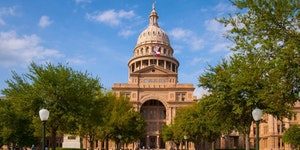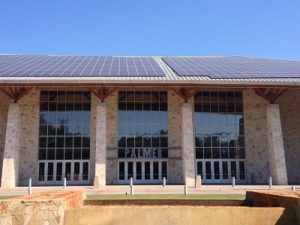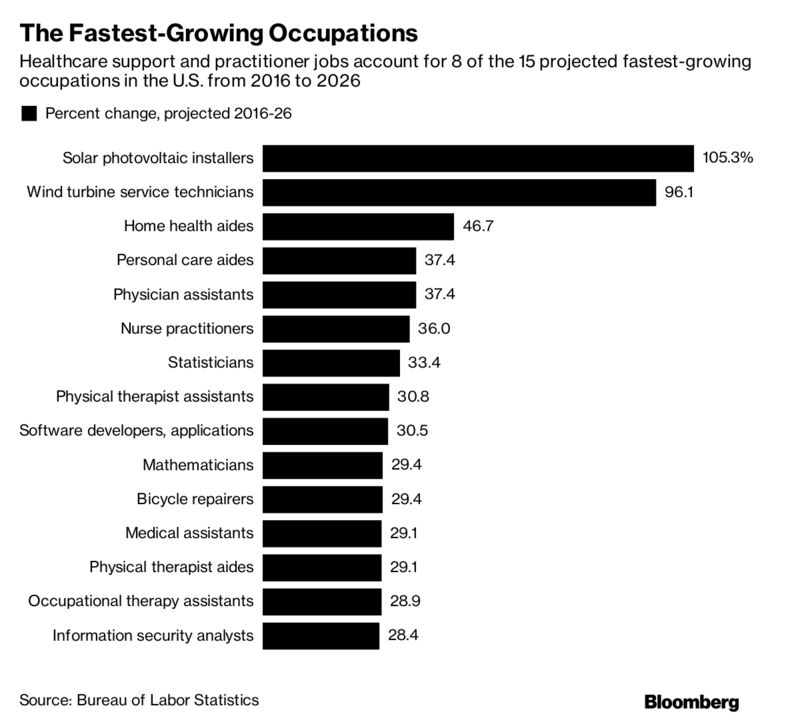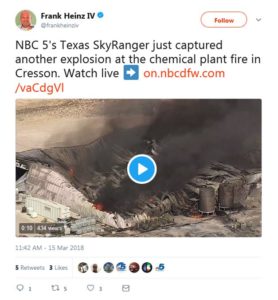UPDATE: Today (April 10, 2018), Public Citizen with a number of local organizations, kicked off an anti-nuclear waste tour in New Mexico. Protesting Holtec’s proposed license application to accept and create interim storage for high-level radioactive waste on the border of New Mexico and west Texas, this tour will provide media and local citizen’s with information about the dangers of storage of this type of waste. Watch Halt Holtec‘s live video of the tour kickoff event in Albuquerque, NM.
Since this story was posted, it was announced that after nearly a year of putting it on ice, Waste Control Specialists aims to revive its application for a U.S. Nuclear Regulatory Commission license to build and operate a facility for consolidated interim storage of used fuel from commercial nuclear power reactors (a sort of purgatory before a final storage facility – Yucca Mountain?) . It is doing so in a joint venture planned with Orano USA.
Establishment of the joint venture and a formal request to restart the NRC review are expected in the second quarter of this year.
The plan remains to build a facility on Waste Control Specialists’ property in Andrews County, Texas, to temporarily hold up to 40,000 metric tons of spent fuel until the Department of Energy finds a permanent home for the radioactive waste.
When the NRC receives the WCS request to resume, a new schedule will be developed for continuing the review, publishing a new notice of hearing on the license application, and re-opening the environmental scoping period for 60 days.
Waste Control Specialists first submitted its application in April 2016, in partnership with NAC International and AREVA. The NRC completed its acceptance review of the application in January 2017, but the company in April of that year asked that the regulator halt the full technical review ahead of WCS’ then-pending merger with EnergySolutions. A federal judge blocked that deal on antitrust grounds, and Waste Control Specialists was acquired in January by private equity firm J.F. Lehman.
Orano USA was previously AREVA Nuclear Materials prior to its parent company’s renaming in January
Retired Public Citizen Texas Director, Tom “Smitty” Smith, continues environmental justice fights. Here’s an update on proposals to dump high-level radioactive waste on the Texas/ New Mexico border region.
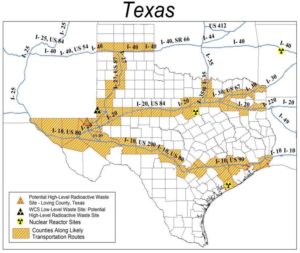 TEXAS – WCS
TEXAS – WCS
Here’s the latest involving WCS – Waste Control Specialists – the low-level radioactive waste dump company in Andrews County. They’ve been seeking a high-level radioactive waste storage license in addition to their current low-level waste licence, but have temporarily pulled back the license that was under review by the NRC. They could start up again any time, and could move lightning fast if they do.
Meantime, they’re busy working on bringing decommissioned reactors to Texas for shallow burial. The new owners are part of the Northstar Group, which is deep into decommissioning.
In addition, WCS is trying to get licensed for greater Than Class C Waste… it’s not the fuel rods, but is incredibly hot in terms of radioactivity.
NEW MEXICO – HOLTEC
There’s a huge threat from the Holtec proposal for consolidated interim storage of high-level radioactive waste. They want to put the nation’s nuclear reactor irradiated fuel rods at a site in between Carlsbad and Hobbs, NM, not far across the Texas border, and massive rail shipments would likely go through Houston, San Antonio, Dallas/ Ft. Worth, Midland, El Paso and more.
That would be over 10,000 shipments, in a process that would take over 24 years. The DOE expects at least one train accident.
The Texas WCS site wants 40,000 tons of high-level radioactive waste; the Holtec site is for 100,000 tons. Today, that is all that has been produced by U.S. reactors. The likelihood that this waste would ever be moved to a permanent storage facility is nil, making this part of the country the de facto permanent site for the nation’s radioactive waste.
Continue Reading »

